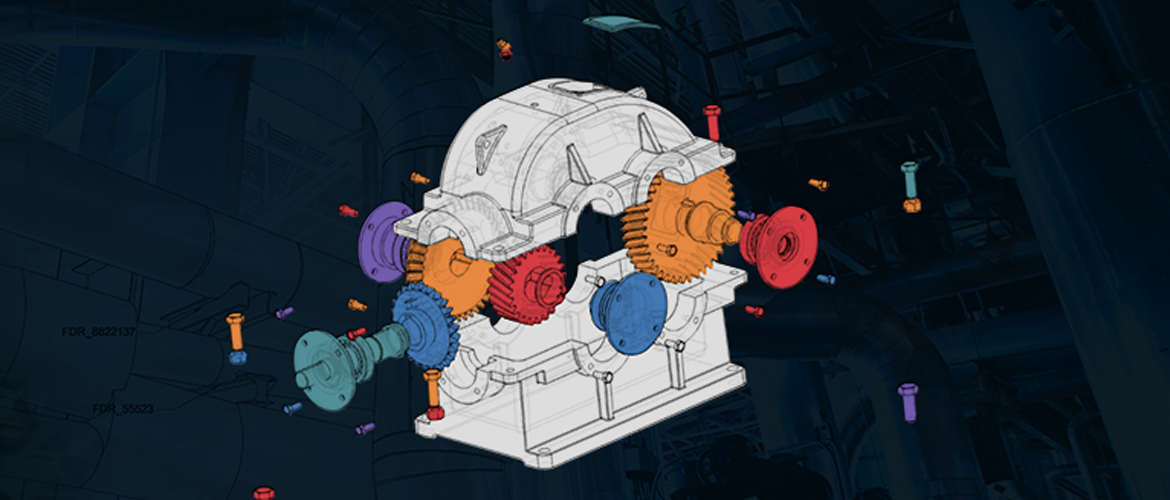Especially during the pandemic, we all seem to be glued to our screens, working, managing our finances, shopping, keeping in touch with friends and family, all immersed in a square, 2D world, on what some would have us believe, is a flat planet. Let’s not forget that there is another dimension out there, starting with just taking a look out of the window.
I am reading an excellent book, “Unleash Your Leadership” by Alison Reid, in which Alison includes a section on how to relax the brain, which ironically seems to stimulate activity in a part of your brain which starts to solve problems that you may be stressed about, without you even being aware. It is analogous to using the CPU cycles on your laptop when it is not busy, to find extra-terrestrial life. To put my aging biological processor to the test, I gave it a try, and had a look out of the window, taking in the view as suggested, trying not to think of anything in particular. Really looking as opposed to just glancing reveals a massive amount of detail. I noticed out of the corner of my eye, something that appeared a little out of place, perhaps a small animal. By moving my perspective slightly, I could get a better view, and I saw that it was a squirrel trying to work out how to steal food from the feeding-station set up for the birds. Had I been shown a photograph, a 2D snapshot of the garden, the squirrel’s activity would not have been noticed. The 3D view had enabled me to convert a fuzzy anomaly into an interesting discovery, albeit somewhat trivial to my work-related tasks.
All of which did actually help me think about my work-orientated challenge at the time, that is, to create a blog about FactoryLogix new 3D design features. Doh! Seeing 3D objects on a 2D screen can be argued as having you being still stuck in your flat, square world. The important point is being able to manipulate the scene, moving the point of view, which brings the opportunity for clarity of vision, enabling otherwise unused neural networks of our brains to do what they are good at.
In the digital world, the use of 3D design in manufacturing has been associated with specific proprietary formats used by specific applications, representing restrictions in the use of the data, a red flag indicating immaturity of the technology. The Aegis approach has been to break this mold, and include 3D data as an integral part of the FactoryLogix platform, so as to avoid 3rd party dependencies, duplication of tools, complex interfaces etc. Just import almost any form of 3D design data, in exactly the same way as for common 2D design data, and the rest is done automatically. You could probably do it all in the time that it took me to get out of my chair, make my way over to the window, blink a few times in the sunlight (yes, that does happen occasionally in Wales) and spot something strange in the garden. Who has had a productive day then?
Using paperless work instructions, no matter how clear they may be, will always benefit from having the opportunity to interact in three dimensions with the assembly that you are making. A 2D picture may represent a thousand words, so how much value do you think there is by rotating, zooming in, out and around a 3D “live” image, seeing exactly what the operation entails in context with the whole physical product? A massive reduction in learning curves, which is extremely important when working in a Smart, agile factory environment, with mixed and adaptive production work-styles.
The subtitle of Alison’s book is, “How to worry less, and achieve more”. Job done I’d say. But now, it’s your turn, Ask us for a demo in the use of 3D CAD as part of FactoryLogix.
Sign up for our blog
Stay up-to-date on the latest in manufacturing trends, insights and best practices.





